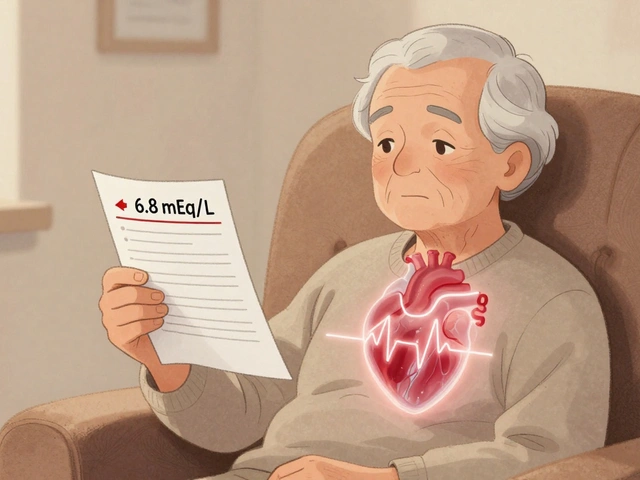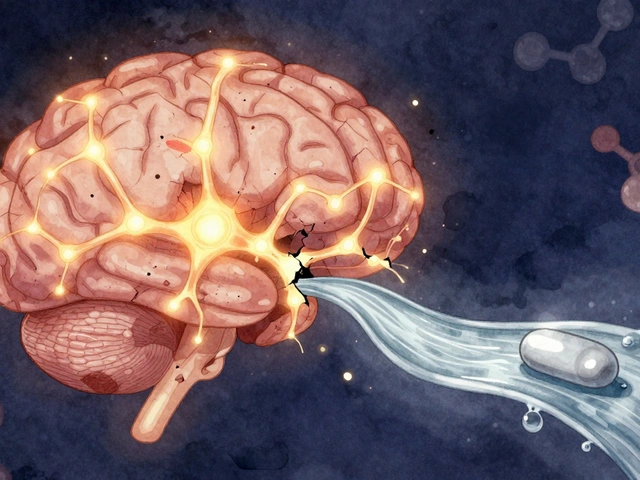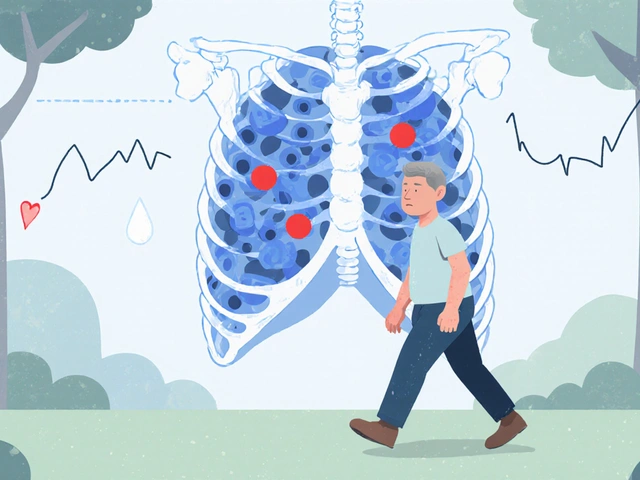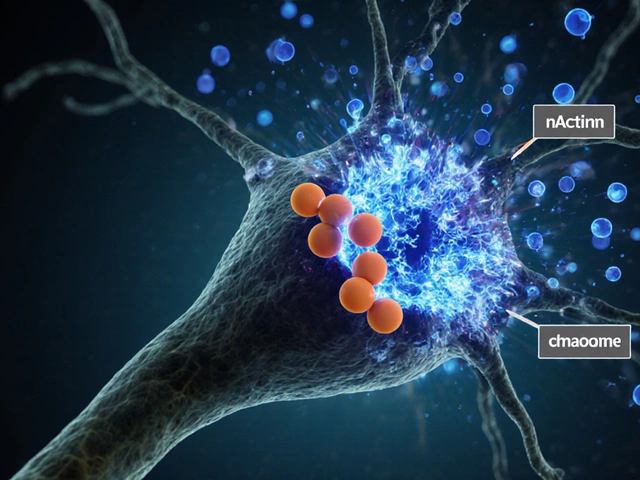Bisphosphate Absorption Explained
When talking about bisphosphate absorption, the process that moves bisphosphate medicines from the gut or vein into the bloodstream. Also known as bone‑drug uptake, it matters because the amount that actually reaches bone tissue decides how well the treatment works. The same concept applies to the broader drug family of bisphosphonates, synthetic compounds that bind to bone mineral and slow down bone loss, which are the cornerstone of osteoporosis, a condition where bones become fragile and break easily. Understanding bisphosphate absorption helps patients and clinicians predict how much of the drug will be active, avoid wasted doses, and tailor therapy to individual needs.
Key Factors Shaping Bisphosphate Absorption
Oral bisphosphonates have notoriously low bioavailability, the fraction of a dose that reaches systemic circulation—often less than 1 % when taken with food. Calcium‑rich meals, dairy, or antacids can bind the drug in the stomach, forming insoluble complexes that never get absorbed. That’s why guidelines stress taking the pill with a full glass of water on an empty stomach and staying upright for at least 30 minutes. In contrast, intravenous (IV) administration bypasses the gut entirely, delivering 100 % of the dose straight into the bloodstream, which is why IV bisphosphonates are preferred for patients who can’t tolerate the strict oral regimen. Renal function also plays a role: the kidneys clear bisphosphonates quickly, so impaired clearance can lead to accumulation and higher risk of side effects. Age‑related changes in gastric pH, concurrent use of proton‑pump inhibitors, and differences in gut motility further tweak how much of the drug gets through.
Clinicians use these variables to decide dosing schedules, choose between oral and IV options, and provide practical counseling. For example, patients on alendronate may benefit from a weekly low‑dose schedule to reduce gastrointestinal irritation, while those with severe osteoporosis might get a yearly zoledronic acid infusion for consistent exposure. Monitoring kidney labs before each dose helps catch retention early, and reviewing calcium supplement timing prevents unintended binding. By grasping the web of interactions—food, calcium, pH, renal clearance—readers can see why the same medication can act very differently from person to person. The articles below dive deeper into specific drugs, compare oral versus IV strategies, and offer tips on maximizing bone health while minimizing wasted doses.
25
How Dairy Stops Bisphosphonate Absorption (And What To Do)
Learn why dairy blocks bisphosphonate absorption, how to time your dose, and practical tips or alternatives to keep osteoporosis treatment effective.
Latest Posts
Popular Posts
-
 Constipation from Medications: Complete Management Guide
Constipation from Medications: Complete Management Guide
-
 Dangerous Hyperkalemia from Medications: Cardiac Risks and Treatment
Dangerous Hyperkalemia from Medications: Cardiac Risks and Treatment
-
 Amyotrophic Lateral Sclerosis: How Riluzole Slows Neurodegeneration and Extends Life
Amyotrophic Lateral Sclerosis: How Riluzole Slows Neurodegeneration and Extends Life
-
 GLP-1 Side Effects: How to Manage Nausea, Dosing, and Realistic Expectations
GLP-1 Side Effects: How to Manage Nausea, Dosing, and Realistic Expectations
-
 Over-the-Counter Medication Safety: Hidden Ingredients and Interactions You Can't Afford to Ignore
Over-the-Counter Medication Safety: Hidden Ingredients and Interactions You Can't Afford to Ignore



